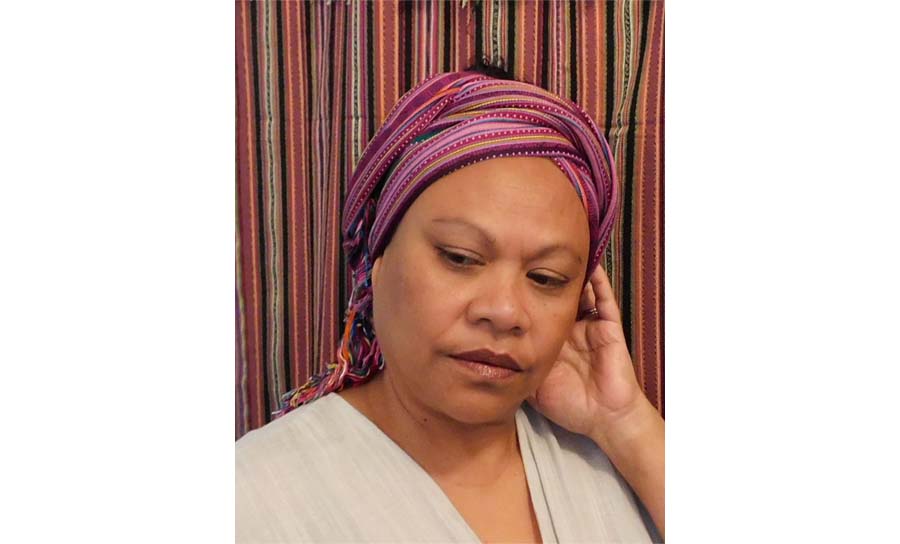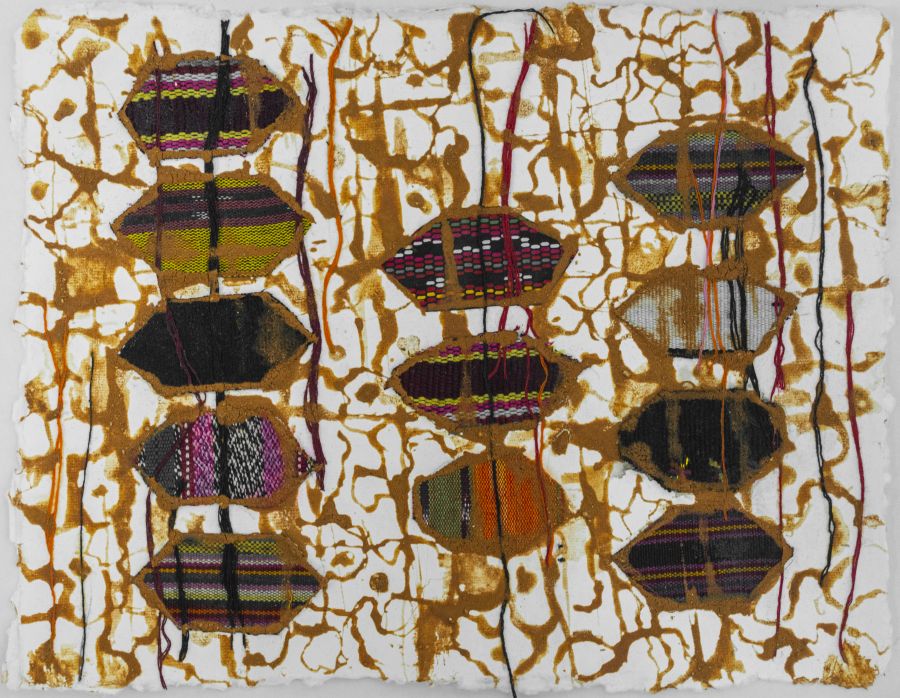The 2024 Venice Biennale is just days away, which means plenty of art world figures are either on their way to Italy, or have recently arrived there to soak it all in.
But apart from these art world insiders, perhaps few people realise this epic international art show – established in 1895 – still adheres to its original organisational structure of an historic (some may also say outdated) exhibition model of a classic 19th century “world fair” event.
It’s a curious quirk of this top-shelf contemporary art platform that it hinges on such a traditional structure, which positions its artists as representatives of their countries based on whether or not their country is on the Biennale’s list.
However, this year’s Venice Biennale curator, Adriano Pedrosa, seems determined to make the 2024 program a call to action to break free from these historic roots. His program is titled Foreigners Everywhere, and will showcase more artists from places and spaces that have never been seen at the Venice Biennale before.
Pedrosa’s curatorial statement includes his view that ‘we are all too familiar with the histories of modernism in Euroamerica, yet the modernisms in the Global South remain largely unknown’, and states that the 2024 Biennale will include a record number of countries, with artists from 90 countries exhibited, compared to 80 in 2022.
This new direction has struck a strong chord with Perth-based East Timorese artist Maria Madeira, and the Biennale’s 2024 vision is partly what inspired her to appeal to her home country’s government to be part of the Venice Biennale for the first time this year.
Blazing the trail for Timor-Leste at the Biennale
Madeira is a multidisciplinary artist of over three decades’ experience, working in such media as painting, textiles, drawing and performance. She explains to ArtsHub that her quest to be the first artist ever to represent Timor-Leste at the Venice Biennale is the result of those many years of work leading up to this moment.
‘When I decided to go for it, I knew I was ready and I felt comfortable being the one who could open the door for other artists from Timor-Leste to hopefully follow in the future,’ she says.
Madeira reveals that her decision to apply for the Venice Biennale came about after speaking with a trusted arts colleague in Timor-Leste and, together, they decided to write to Timor-Leste’s Prime Minister Xanana Gusmão to ask him to make a formal application to the Biennale to include Timor-Leste (and Madeira) in this year’s program.
‘And one year later, here I am!’ Madeira laughs, in a joyful outburst that in many ways, belies the very serious themes inherent in her art.
Despite leaving Timor-Leste as a child, when she was evacuated with her family by the Portuguese Government following the Indonesian Government’s invasion of the country in 1975, Madeira returned when it gained independence and has since spent extended periods of time there working as an artist-teacher and interpreter.

‘After independence [in 1999] I lived in Timor-Leste for three years and took jobs in areas of arts and culture wherever I could,’ she tells ArtsHub. ‘I gave a lot of art workshops with groups in the community and in schools. I really just wanted to be around and on standby to see how I could help at that time.’
While she has lived and worked in Perth for most of her adult life, Madeira’s experiences working in her homeland have long infused her art. But there is one particular theme that surfaces as the most constant thread through her practice.
‘An issue that I think is very important for people to know is that Timor-Leste is a strongly patriarchal society,’ she explains.
‘But it’s not the kind of oppression [of women] that is totally obvious on the surface of society. It’s more about the silences and the invisibility of women,’ she adds.
For the Biennale, Madeira’s exhibition will pay homage to these East-Timorese women by drawing on her observations of the codes of silence she sees at work among these women, as their contributions are hidden behind those of men.
‘That [silencing] is really what the title of the exhibition is about,’ Madeira says, in reference to her show’s title, Kiss and Don’t Tell (curated by Australian curator Natalie King OAM).
In some of her Biennale works, Madeira has used traditional East Timorese ceremonial cloth, the tais, to form the shapes of women’s lips that are stitched and bound together, drawing poetic connection between East Timorese traditional culture and the women’s persistent struggle to be heard.

‘It’s interesting for me that everything cultural in Timor-Leste is very feminine,’ she says. ‘But when these cultural items are made by the women, they are seen as arts and crafts, and they are not held up as high as those cultural items that are made by men.
‘The contemporary art scene in Timor-Leste is also currently 99% male,’ she continues. ‘‘Because women who express an interest in pursuing contemporary art are often told by their families that doing art is a waste of time, because they should be at home cooking or looking after the children.’
Madeira says that one of her greatest hopes for her Biennale show is that it helps tell this story ‘that needs to be told’, about the important contributions being made by women in Timor-Leste that are not yet being well-recognised within that society.
‘It’s not being done on purpose,’ Madeira says. ‘It’s just part of the culture, but I think I can help move that along a little bit with my art.’
Indeed, Madeira will be in fitting company at this year’s Biennale, where her work sits within a wider program that is pushing for a sense of change around whose contributions are in the spotlight, and whose voices are being heard.
Maria Madeira’s Venice Biennale exhibition Kiss and Don’t Tell, curated by Natalie King OAM, opens 20 April at the Timor-Leste Pavilion. It includes a large-scale installation work (3 metres by 25 metres) around which Madeira will present three special pre-opening performances (17-19 April) featuring the spiritual mourning song ‘Ina Lou’, which Madeira will sing in the Indigenous Timore-Leste Tetun language.
The 2024 Venice Biennale runs 20 April – 24 November 2024.





